10 Jan – 5 Apr 2020
David Wojnarowicz: Photography & Film 1978–1992
-
David Wojnarowicz
Artist
Opening reception: Thursday, January 9 from 6 to 9 pm
In light of the COVID-19 coronavirus outbreak, David Wojnarowicz: Photography & Film 1978-1992 closed on Sunday, March 15. Director Scott Watson walked through the exhibition on March 18 before the de-installation.
The Morris and Helen Belkin Art Gallery is pleased to present David Wojnarowicz: Photography & Film 1978–1992, the first exhibition to solely concentrate on the artist’s photographic and filmic work. The exhibition presents over 100 works including photographs, test prints, silkscreens, 16 mm and Super 8 film and collaborative video works.
David Wojnarowicz (1954–1992) came to prominence in the East Village art world of 1980s New York, actively embracing all types of media and forging an expansive range of work, both fiercely political and highly personal. Largely self-taught, he worked as an artist and writer merging found and discarded materials together with a deep understanding of literary influences into sophisticated combinations. First displayed in storefront galleries in the East Village, his work had already gained national prominence by the time he was diagnosed with HIV in 1988. During this period when the AIDS epidemic was cutting down a generation of artists, Wojnarowicz became resolutely and fervently political, active in movements such as ACT UP (AIDS Coalition to Unleash Power) and Gran Fury, an AIDS activist artist collective, up until his death in 1992. From the late 1970s onwards, Wojnarowicz produced a body of work that was as conceptually rigorous as it was stylistically diverse. David Wojnarowicz: Photography & Film 1978–1992 is the first exhibition to solely concentrate on the artist’s photographic and filmic practice, presenting over 100 works including photographs, test prints, silkscreens, 16mm and Super 8 films and collaborative video works.
Born in New Jersey in 1954, Wojnarowicz received no formal artistic training after graduating from Manhattan’s High School of Music and Art. Friendships and collaborations with artists, filmmakers and musicians including Nan Goldin, Kiki Smith, Peter Hujar and Ben Neill offered Wojnarowicz the possibility of experimenting with media and developing an open approach that combined cultural, aesthetic and political subjectivities. Wojnarowicz was a writer as much as a visual artist, delivering his artistic and political message through films like Last Night I Took a Man (1989) and When I Put My Hands on Your Body (1989), made in collaboration with photographer and filmmaker Marion Scemama.
Photography often formed the basis for Wojnarowicz’s work; his first significant production began with his influential series Arthur Rimbaud in New York (1978–79). For this series, he used an old 35 mm camera to photograph friends wearing a mask with the face of the nineteenth-century French poète maudit for whom the series is named and capturing them posing in locations throughout Manhattan and Brooklyn. Wojnarowicz anachronistically combines historical time, space and activity by fusing the French poet’s identity with the modern urban activities and settings common to the queer community of the time. Wojnarowicz frequently set his work in these urban spaces, drawing on his own personal experiences that stretched from his childhood hustling in Times Square to his adult life wandering among the abandoned warehouses on the Hudson River piers.
The death of his former lover, friend and mentor, the renowned photographer Peter Hujar, due to AIDS-related complications and Wojnarowicz’s own HIV diagnosis marked an emotional period for the artist. Three photographs taken by Wojnarowicz of Hujar moments after his death in 1987 show his face, hands and feet, making visual and public the horror of the disease. The video Fragments for a Film About Peter Hujar (1987–88) includes scenes for an incomplete, poetic homage to Hujar. After these personal confrontations with HIV, AIDS and death, Wojnarowicz’s art turned increasingly political as he became actively involved in the public debate on medical research and the legal rights of artists.
Untitled, the Sex Series (for Marion Scemama) (1988–89) also comes from this period. The black-and-white photomontages of homosexual and heterosexual sex juxtaposed with imagery of transportation allude to the constancy of sexual desire in spite of the AIDS crisis. Like the lenses of binoculars and microscopes, the circles depicted in the series suggest an empirical search for evidence that would make research efforts public and disrupt a world governed and censored by institutions like church and state.
Symbols, metaphors and language recur in Wojnarowicz’s body of work, which is often simultaneously characterized by sincerity and a sense of responsibility towards humanity, animals and nature. This tenderness and compassion resonates in the photograph of a hand holding a frog titled What is this little guy’s job in the world (1990). Natural elements often recur, on the one hand relating to his dreams about tornadoes, ponds and tidal waves and on the other, as a metaphor for the experience of living in New York City. The large snake approaching a mouse in the four-channel video ITSOFOMO (In The Shadow of Forward Motion) (1989) illustrates the hunt for survival, while other repeated themes include the elements, maps, animism, religion, science fiction, industrial landscapes and architectural decay.
The recurring themes explored throughout Wojnarowicz’s oeuvre are reflected in A Fire in my Belly (1986–87), which can be seen as a contemplation on cultural and individual identity, spirituality and belief systems. On a trip to Mexico City, Wojnarowicz shot twenty-five rolls of Super 8 film, documenting scenes that capture the social structure of city life. One of the central images is that of a child exploited as a fire-breathing street performer, which resonates in the title of the film and Wojnarowicz’s own experience hustling on the streets at a young age. He later staged scenes in his New York City apartment to be combined with this footage. The dreamlike images illustrate thematic sections he outlined in a script for the film’s structure. Among these images are coins dropping onto a plate of blood, the now-iconic self-portrait of the artist with his lips sewn shut and a dancing, gun-wielding marionette. The actual film was never completed.
David Wojnarowicz: Photography & Film 1978–1992 reflects on the artist as a source for both art-making and activism at a time of political and personal uncertainty. The exhibition sheds light on a practice that has been exemplary and inspirational, not only for his contemporaries but also for current generations. A brief bibliography has been compiled as a starting point for further research.
David Wojnarowicz: Photography & Film 1978–1992 is curated by Krist Gruijthuijsen and was originally shown at the KW Institute for Contemporary Art, Berlin. We gratefully acknowledge the generous support of the Canada Council for the Arts, the Province of British Columbia through the BC Arts Council, our Belkin Curator’s Forum members and the Audain Endowment for Curatorial Studies through the UBC Department of Art History, Visual Art and Theory. This exhibition is part of the 2020 Capture Photography Festival Selected Exhibition Program. We actively acknowledge that the Morris and Helen Belkin Art Gallery is situated on the traditional, ancestral and unceded territory of the xwmə0–kwəy’əm (Musqueam).
Please note that certain parts of this exhibition are only accessible by stairs. A digital tablet with images of the works in these areas is available at the Reception Desk. We apologize for any inconvenience.
Image (above): David Wojnarowicz, Untitled (Culture Mask II), 1990. Courtesy of the Estate of David Wojnarowicz and P·P·O·W Gallery, New York
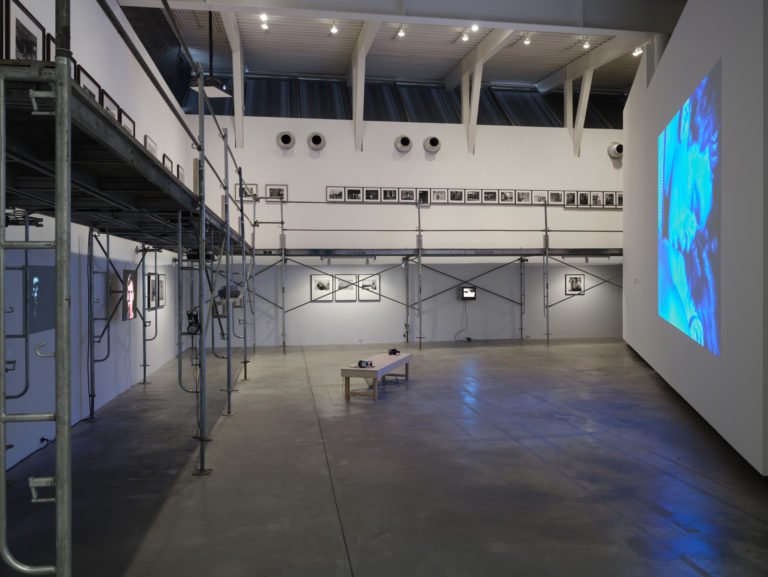
Installation view, David Wojnarowicz: Photography & Film 1978-1992, at the Morris and Helen Belkin Art Gallery
Photo: Rachel Topham Photography

Installation view, David Wojnarowicz: Photography & Film 1978-1992, at the Morris and Helen Belkin Art Gallery
Photo: Rachel Topham Photography

Installation view, David Wojnarowicz: Photography & Film 1978-1992, at the Morris and Helen Belkin Art Gallery
Photo: Rachel Topham Photography
-
David Wojnarowicz
Artist
Related
-
Event
Mondays 10 Feb, 2 Mar 2020 at 1 pm
Reading Otherwise: Queer Art and Culture Discussion Group
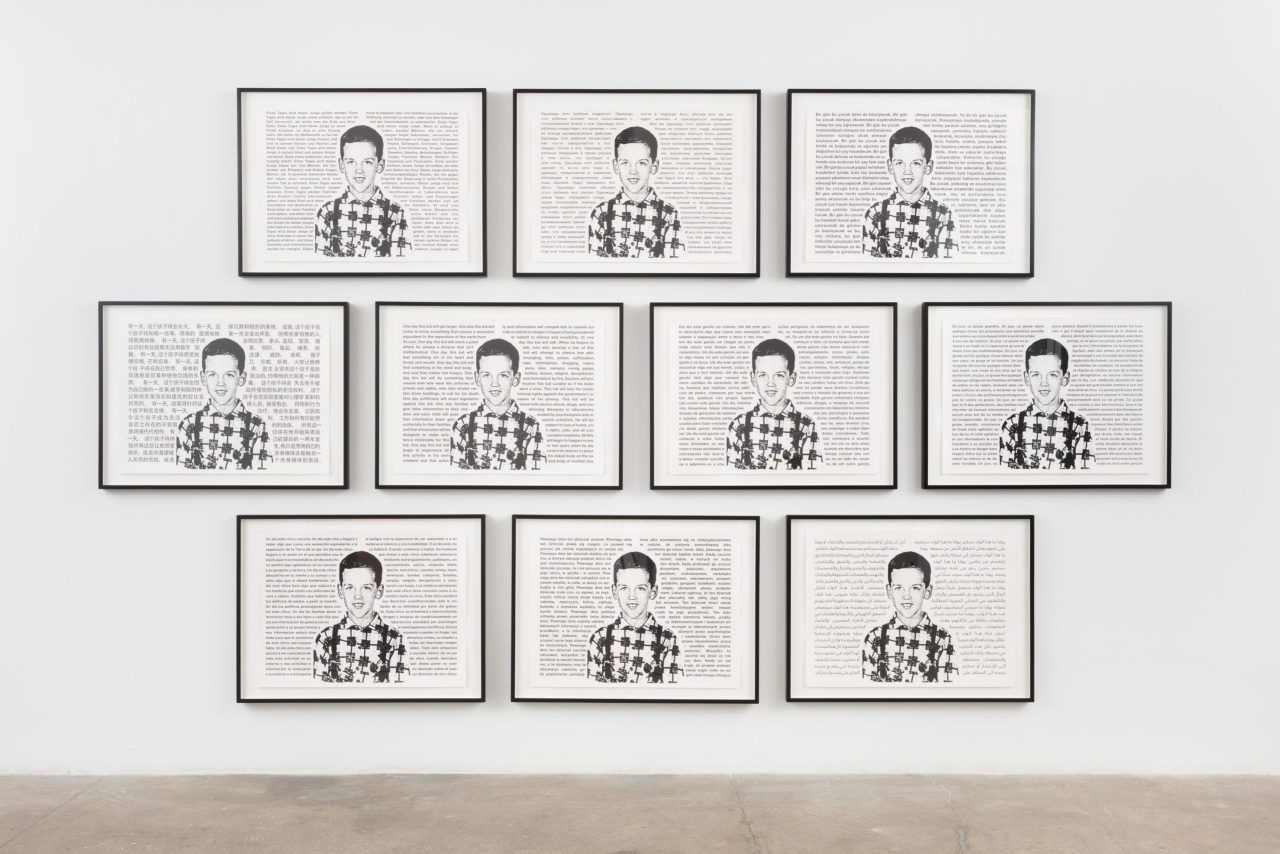
Reading Otherwise is an emerging community program that aims for queer-themed discussion and interaction with interdisciplinary forms of arts and culture. The group has read texts from emerging LGBTQ2SI+ writers as well as academic publications, organized craft workshops, and recently have turned to exhibition responses, beginning with this collaboration with the Belkin. The group is organized and facilitated by UBC's Dr. Erin Silver, Assistant Professor in Art History, and Maxim Greer, UBC MA Candidate in Art History.
[more] -
Event
Thursday 23 Jan 2020 at 5 pm
Listening Party: David Wojnarowicz
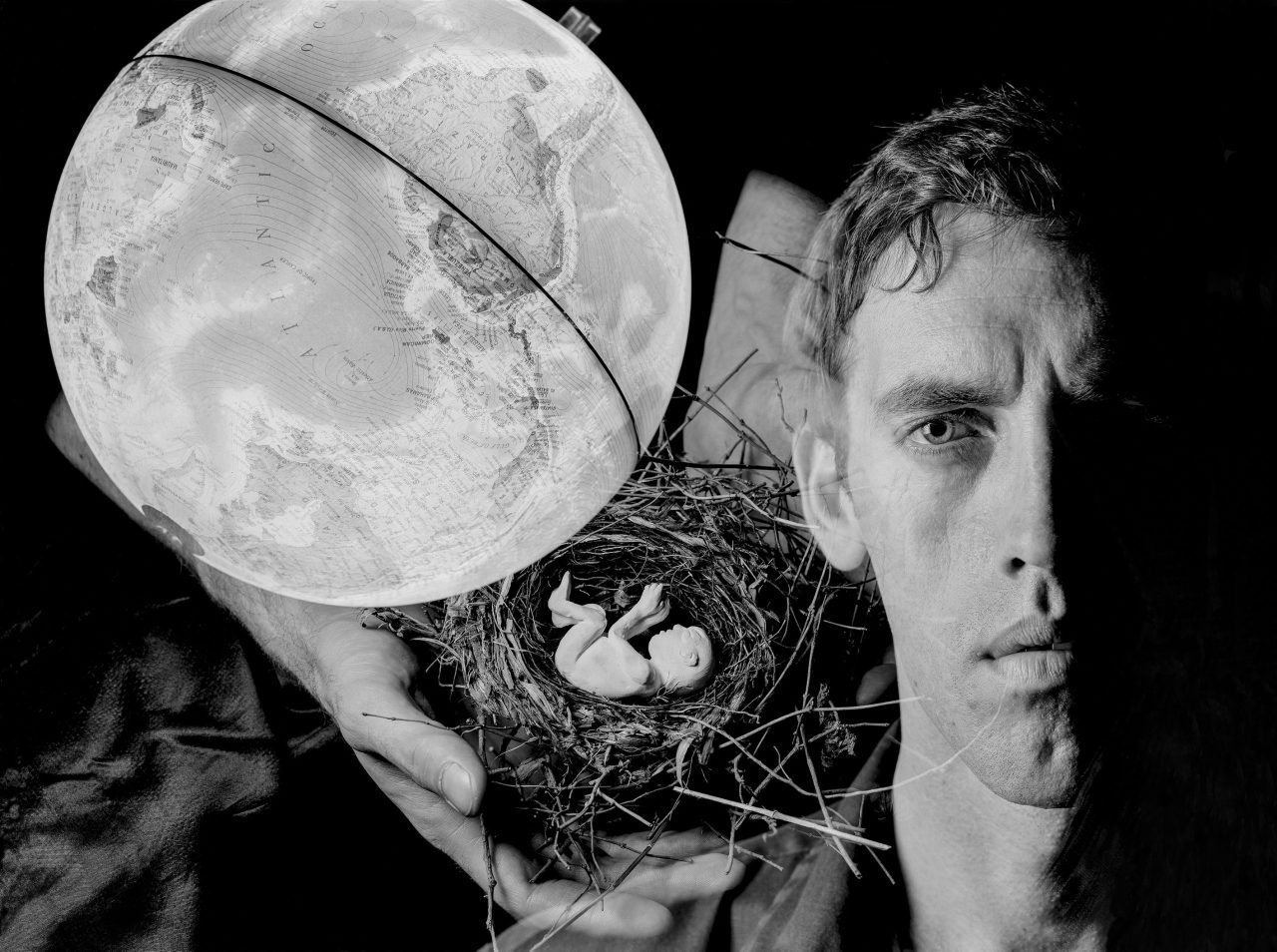
As part of the exhibition David Wojnarowicz: Photography & Film 1978-1992, Listening Party brings the artist's tape journals into the space of his photographic and filmic work. Amongst Wojnarowicz's archival papers, which are held at Fales Library and Special Collection at New York University's Elmer Holmes Bobst Library, is a vast collection of audio journals on cassette tapes that he began in the early 1980s. The tapes document Wojnarowicz recalling long and complicated dreams, reflecting on love affairs, the New York art scene and, in later tapes, processing the death from AIDS of his best friend and mentor Peter Hujar in 1987, as well as of his own experience living with AIDS. Three tapes from this collection, marked with yellow masking tape and labelled CROSS COUNTRY / Great Dreams document the two westward trips Wojnarowicz took in 1989.
[more] -
Tour
Sun 16 Feb 2020 from 1-1:45 pm
Sun 16 Feb 2020 from 2-2:45 pm
Kids Take Over UBC: Big and Small
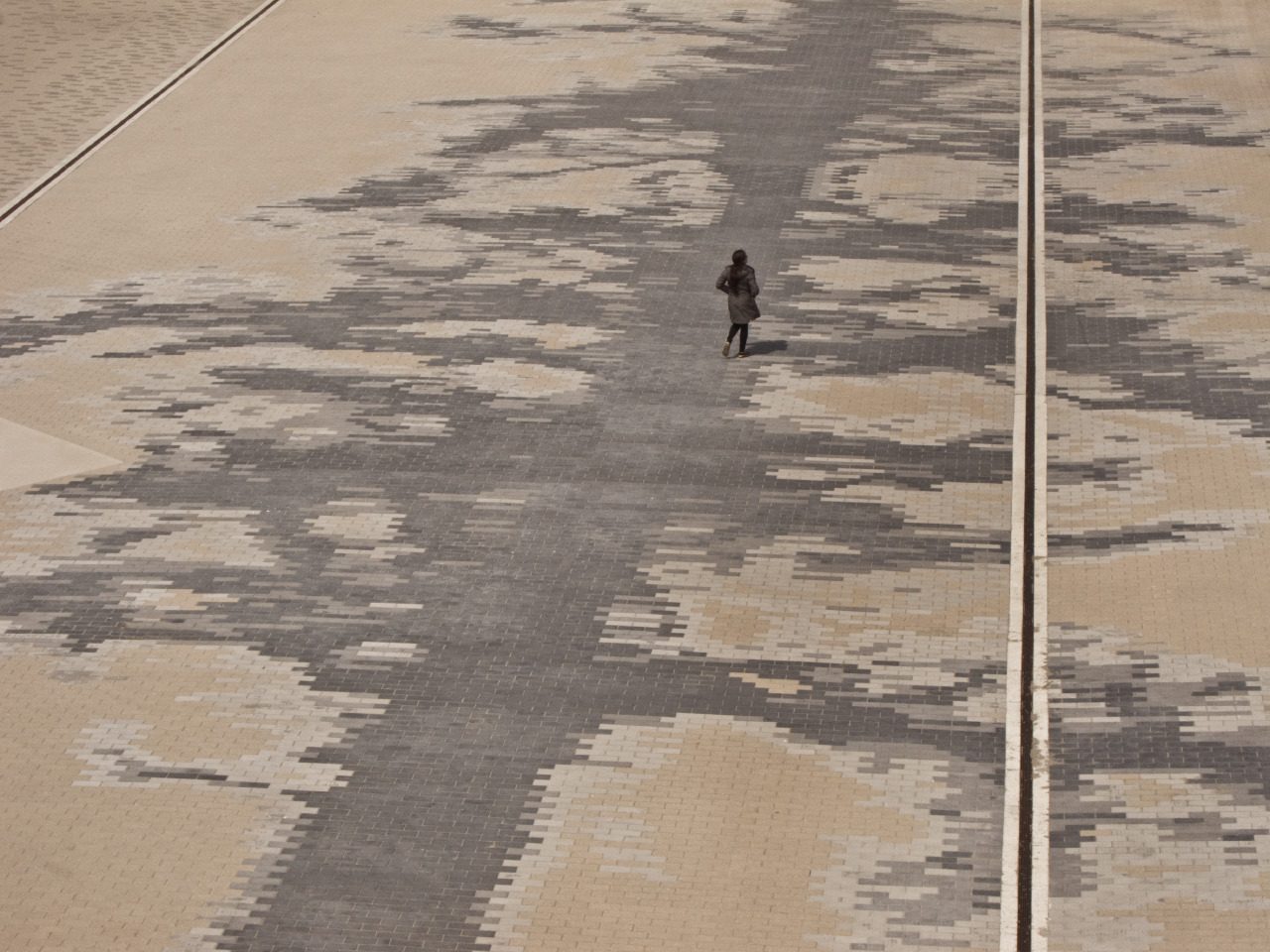
Kids Takeover UBC 2020. Mini Walking Tours - Have you ever sat in a giant camera or seen a huge shadow of an invisible old-growth tree? In conjunction with this year's Kids Take Over UBC, walk with us and see how artists have made trees look big and small.
[more] -
Event
30 Jan - 2 Feb, 2020
Film and Lecture Series: The Rage to Live
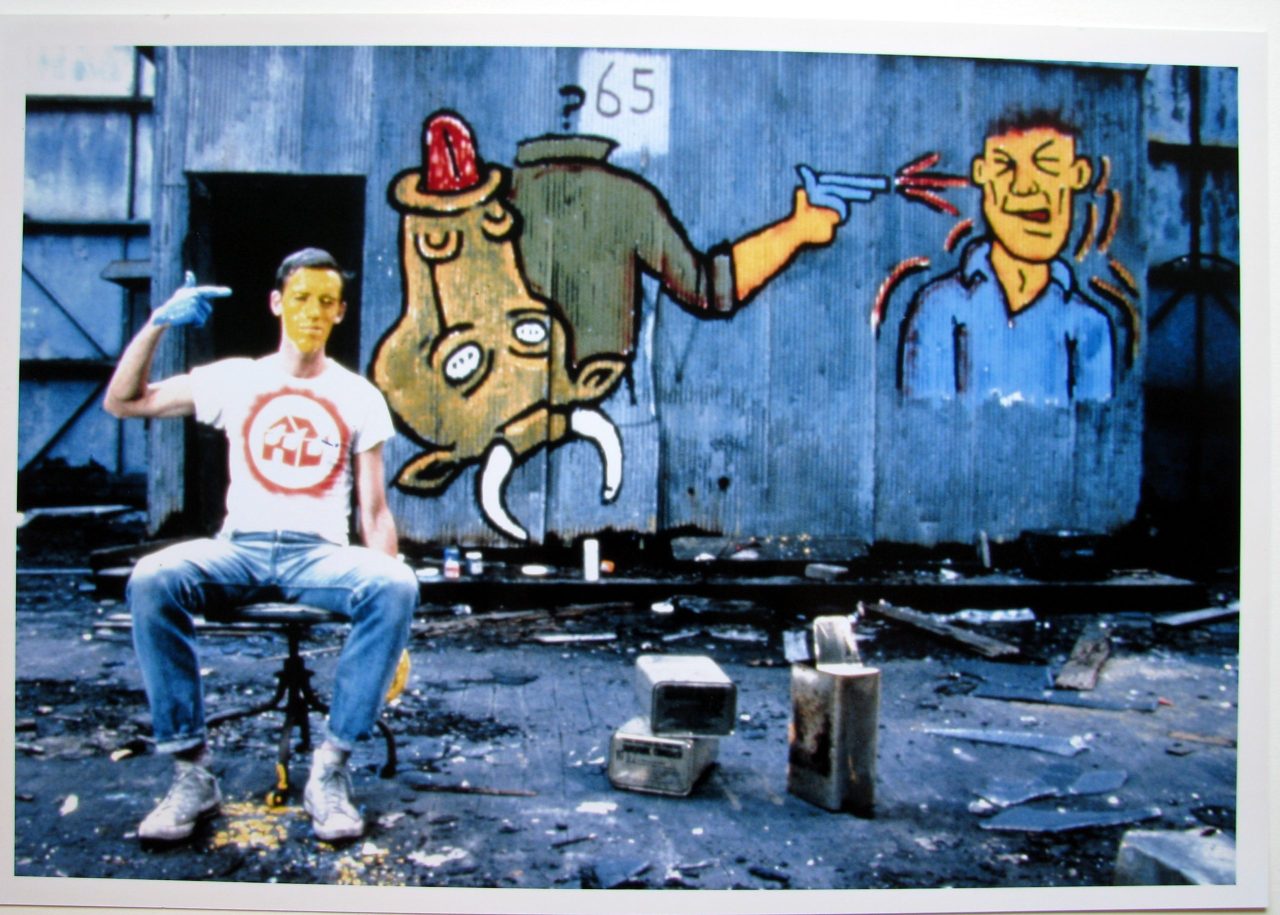 In partnership with the Cinémathèque and the Griffin Art Project, we are pleased to present the film and lecture series To Rage to Live: Queer Film Legacies and the Work of David Wojnarowicz and Marlon Riggs. This event is realized in conjunction with our current exhibition David Wojnarowicz: Photography & Film 1978-1992, as well as Griffin Art Project exhibition The Sodomite Invasion: Experimentation, Politics and Sexuality in the work of Jimmy DeSana and Marlon T. Riggs.[more]
In partnership with the Cinémathèque and the Griffin Art Project, we are pleased to present the film and lecture series To Rage to Live: Queer Film Legacies and the Work of David Wojnarowicz and Marlon Riggs. This event is realized in conjunction with our current exhibition David Wojnarowicz: Photography & Film 1978-1992, as well as Griffin Art Project exhibition The Sodomite Invasion: Experimentation, Politics and Sexuality in the work of Jimmy DeSana and Marlon T. Riggs.[more] -
Event
Monday 30 March 2020, 4 pm - 6:30 pm
Symposium: Reading Otherwise
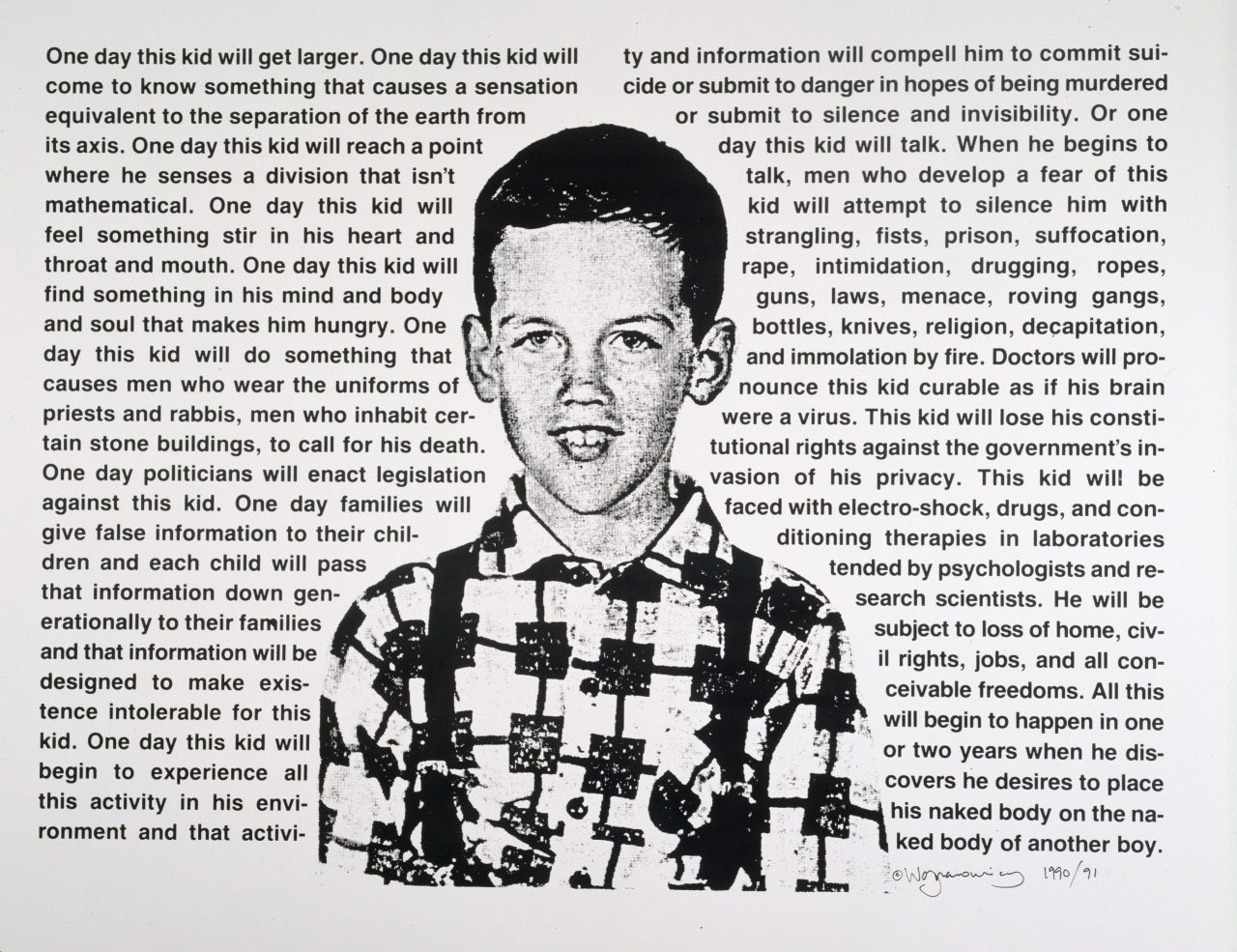
On Monday March 30, The Belkin Art Gallery will host a symposium in response to the exhibition: David Wojnarowicz: Photography and Film 1978-1992. The aim of the program is to provide a space for students, teachers, artists and independent scholars to share research and work-in-progress engaging the themes of the exhibition
[more] -
Event
Wed 12 Feb 2020 from 12-1:30 pm: How-to Edit Workshop
Thur 27 Feb 2020 from 12-1 pm: How-to Edit Workshop
Wed 11 Mar 2020 from 10:30 am-4:30 pm: Edit-a-thon
Wikipedia Edit-a-thon 2020
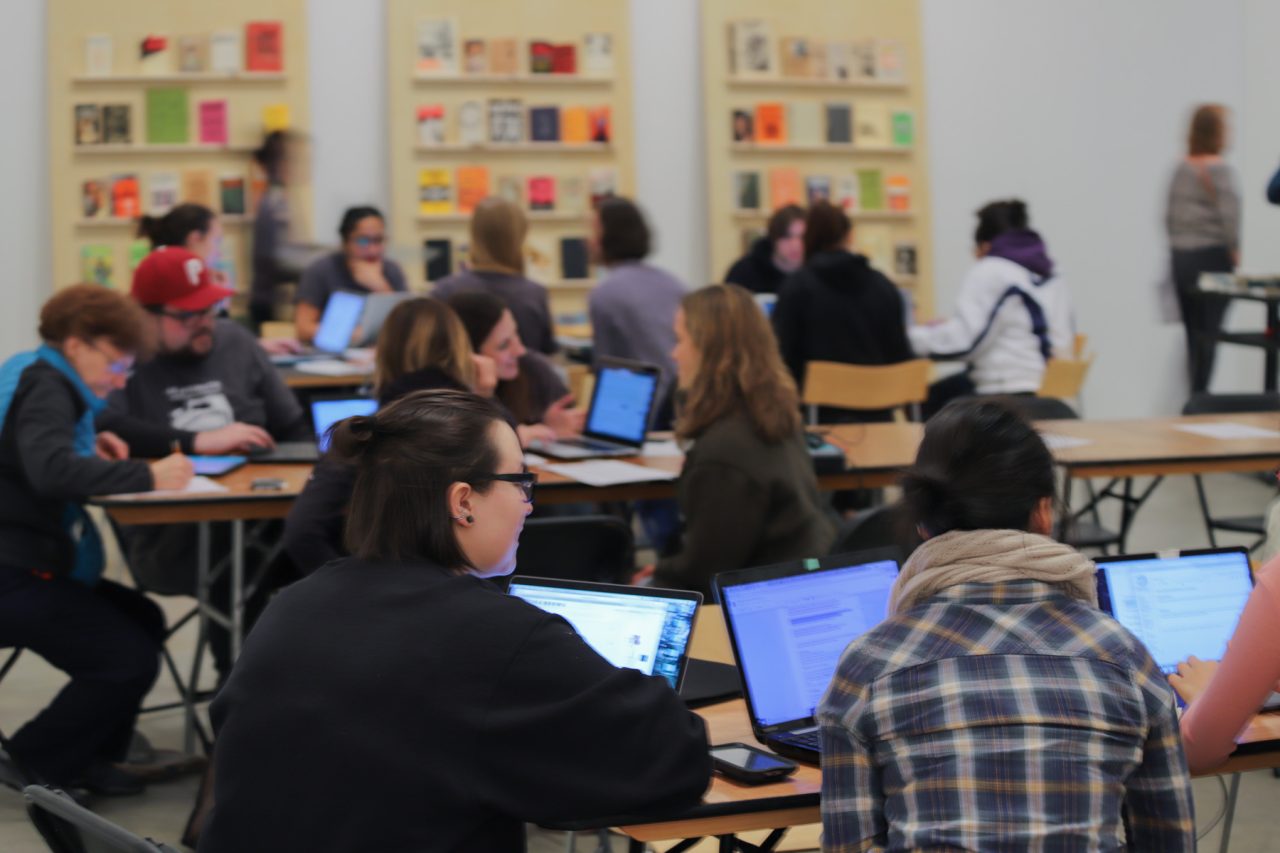
Wikipedia Edit-a-thon! Join us and help balance the gender imbalance by creating and editing Wikipedia articles about women, non-binary, people of colour, and Indigenous artists, and feminist and activist art movements. Each March, art communities around the world converge to correct Wikipedia’s gendered biases and improve the content of under-represented persons on the tenth most visited site in the world.
[more]